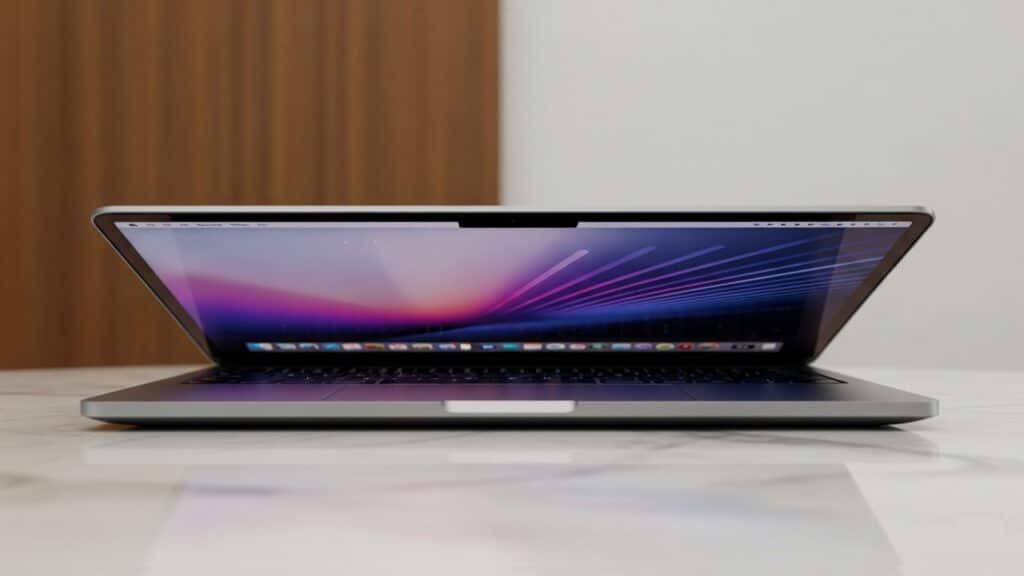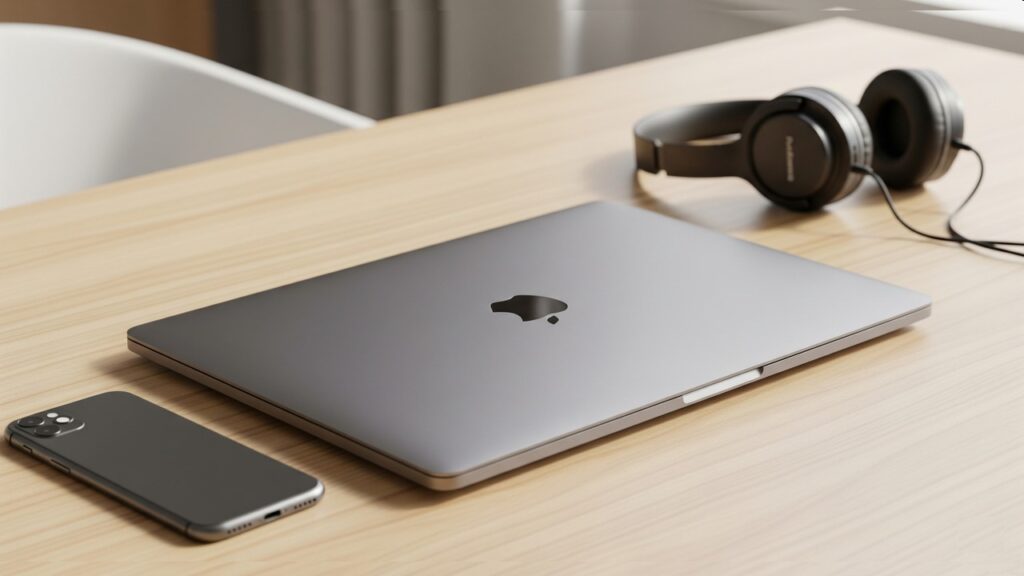MacBooks With 16GB RAM For Power Users
Introduction Before we dive into the technicalities, let’s clarify who we’re addressing. When we talk about “power users” in the context of MacBooks, we’re envisioning individuals who push their machines beyond everyday Browse and document creation. This diverse group includes: For years, the conventional wisdom dictated that more RAM unequivocally meant better performance, particularly for demanding tasks. However, the advent of Apple Silicon chips (M1, M2, M3, and beyond) has fundamentally altered this perspective. Unlike Intel-based Macs, where the CPU and GPU had separate memory pools, Apple’s custom-designed chips feature a unified memory architecture. This innovative design allows the CPU, GPU, and Neural Engine to access the same single pool of high-bandwidth, low-latency memory. This means data doesn’t need to be copied between different memory locations, leading to significantly faster processing, improved efficiency, and a drastic reduction in bottlenecks. It’s why 16GB of unified memory on an Apple Silicon MacBook often performs comparably to, or even surpasses, 32GB (or more) of traditional RAM on an Intel machine for many workflows. This blog post will delve deep into the capabilities of MacBooks with 16GB RAM equipped with Apple Silicon, meticulously exploring whether this memory configuration is truly sufficient for the rigorous demands of various power user workflows. We will debunk common myths surrounding RAM capacity, provide realistic expectations for performance across different professional applications, and ultimately help you determine if 16GB of unified memory is the sweet spot for your specific demanding tasks, or if your ambitions truly necessitate an upgrade. Understanding RAM In MacBooks With 16GB RAM For power users eyeing MacBooks with 16GB RAM, it’s crucial to understand how Apple Silicon fundamentally changes the game compared to older Intel-based Macs. The way memory is handled is drastically different, leading to significant performance gains even with what might seem like a modest amount of RAM on paper. Unified Memory Explained – The Architecture Behind 16GB’s Prowess Forget everything you thought you knew about RAM in traditional computers. Apple’s M-series chips introduce a revolutionary concept called Unified Memory Architecture (UMA). This is the secret sauce that allows 16GB of RAM in a MacBook to punch far above its weight. The “Is 16GB Really 32GB?” Myth – Clarifying Expectations For Power Users With all this talk of efficiency, a common misconception has emerged: that 16GB of unified memory is “equivalent” to 32GB of traditional RAM. For power users, it’s crucial to understand the nuance here: Activity Monitor – Your Crucial Tool For Assessing 16GB RAM Usage For any power user with MacBooks with 16GB RAM, the Activity Monitor application (found in Applications/Utilities) is your best friend. It provides invaluable insights into how your system is utilizing its unified memory and whether 16GB is indeed sufficient for your specific tasks. Who Is A “Power User”? Detailed Breakdown By Profession When we talk about MacBooks with 16GB RAM for power users, it’s crucial to define who these individuals are and the specific demands their workflows place on a machine. The “power” in “power user” isn’t just about opening a lot of tabs; it’s about consistently running resource-intensive applications that challenge a system’s CPU, GPU, and, critically, its memory. Video Editors Video editing is arguably one of the most RAM-hungry professions. For MacBooks with 16GB RAM, the experience can vary wildly depending on the project. Graphic Designers / Photographers For visual creatives, MacBooks with 16GB RAM often hit a sweet spot, but there are specific scenarios where more memory is beneficial. Programmers / Developers The needs of developers vary widely, but for many, MacBooks with 16GB RAM offer a robust platform. Music Producers / Audio Engineers For audio professionals, the question of MacBooks with 16GB RAM often comes down to project complexity and the number of active plugins. 3D Artists / CAD Users This is often the most demanding category, and while Apple Silicon’s unified memory improves efficiency, 16GB RAM can be a significant limitation for serious 3D and CAD work. MacBooks With 16GB RAM: Which Models To Consider? MacBook Air (M-series, 16GB configuration) The MacBook Air with 16GB of unified memory has become a surprisingly powerful machine, especially with the advancements in Apple’s M-series chips (M1, M2, M3, and now M4). MacBook Pro (M-series, 16GB configuration) The 14-inch and 16-inch MacBook Pro models with 16GB of unified memory offer a distinct set of advantages, particularly for those whose “power user” definition includes sustained, intensive workloads. Optimizing 16GB RAM For Power Users – Making The Most of Your MacBook While 16GB of unified memory on an Apple Silicon MacBook is remarkably efficient for a vast majority of power users, there are still strategies you can employ to ensure your system performs at its peak, especially when tackling demanding projects. These optimization tips focus on intelligent software management, leveraging the speed of your storage, and adopting efficient workflow practices. Software Management Even with the marvels of unified memory, inefficient software use can quickly consume your precious 16GB. Storage Considerations Your MacBook’s internal storage plays a surprisingly critical role in how efficiently your 16GB of RAM performs, particularly concerning “swap memory.” Workflow Adjustments Beyond managing your software and hardware, adapting your actual working methods can significantly impact how well your 16GB MacBook handles power-user tasks. By diligently applying these optimization strategies, power users can truly unlock the full potential of their MacBooks with 16GB of unified memory, pushing the boundaries of what’s possible on these When 16GB Might NOT Be Enough For MacBooks With 16GB RAM (And When To Upgrade) While MacBooks with 16GB RAM are undeniably powerful, there comes a point for certain “power users” where even Apple’s efficient unified memory architecture starts to hit its limits. Recognizing these thresholds is crucial for maintaining productivity and making an informed decision about your next MacBook. Scenarios Where 24GB, 32GB, or More Becomes A Clear Advantage For the most demanding workflows, the leap beyond 16GB of unified memory provides a tangible and often critical performance boost. Here are the specific scenarios where a 24GB, 32GB, or even
MacBooks With 16GB RAM For Power Users Read More »




